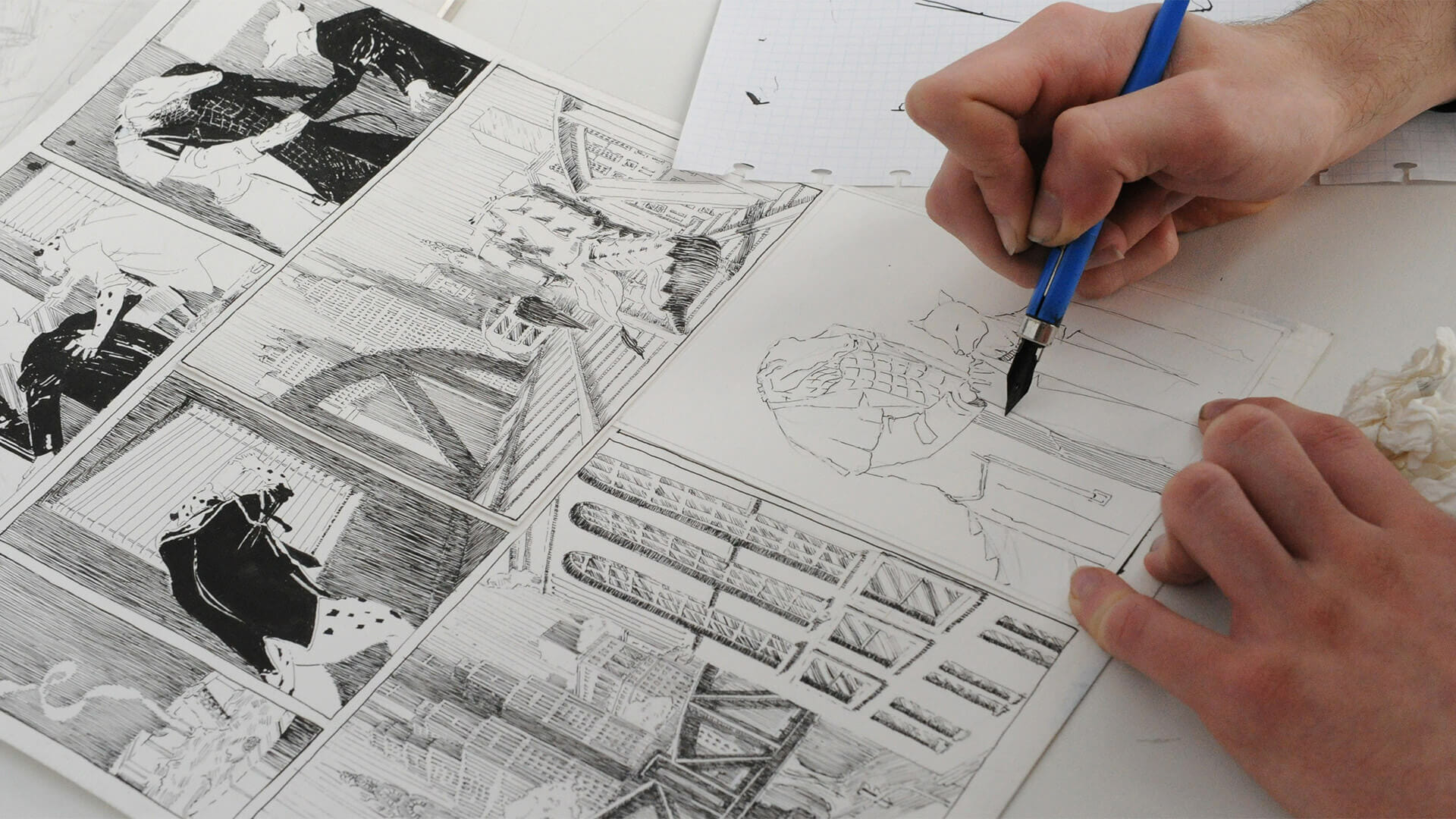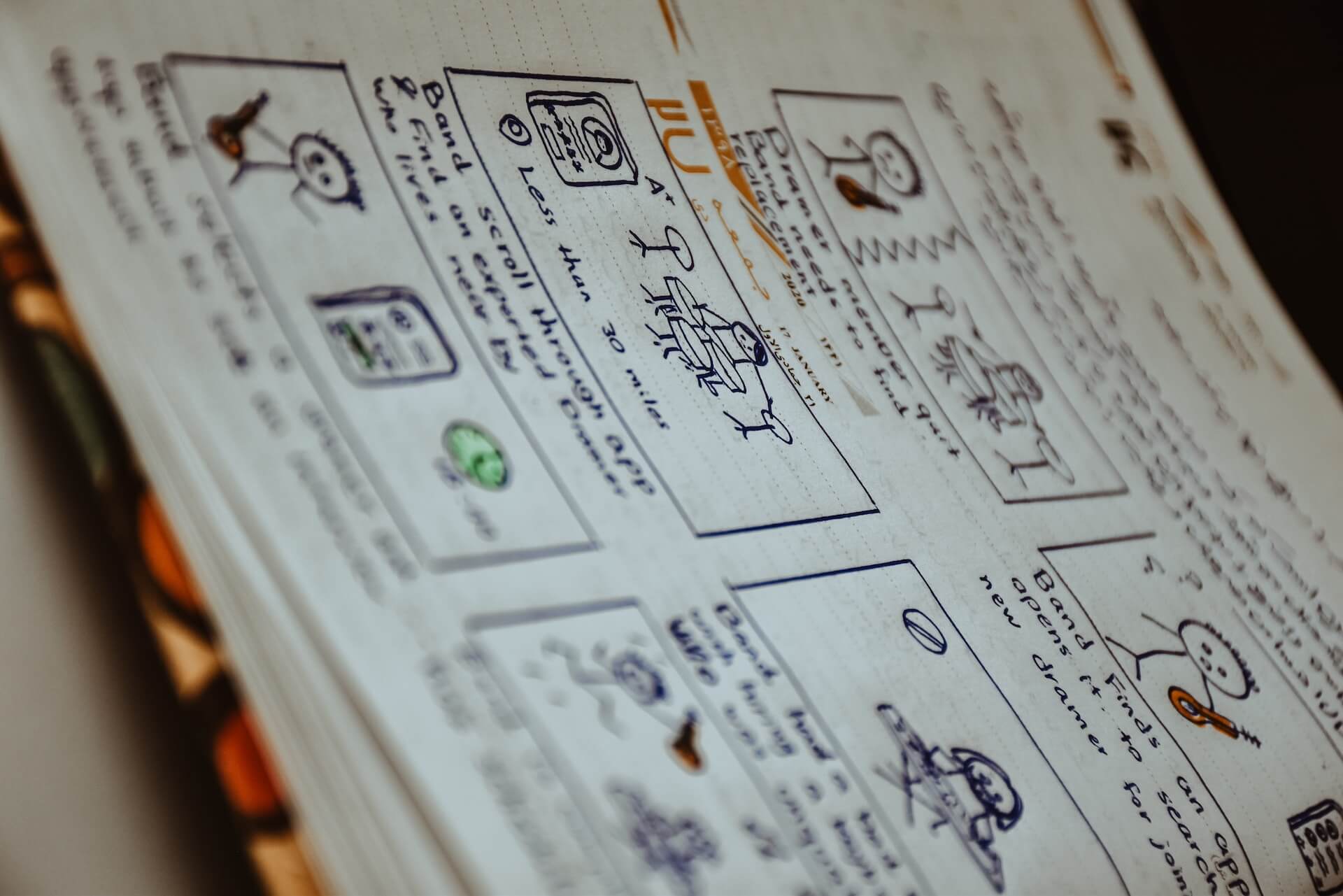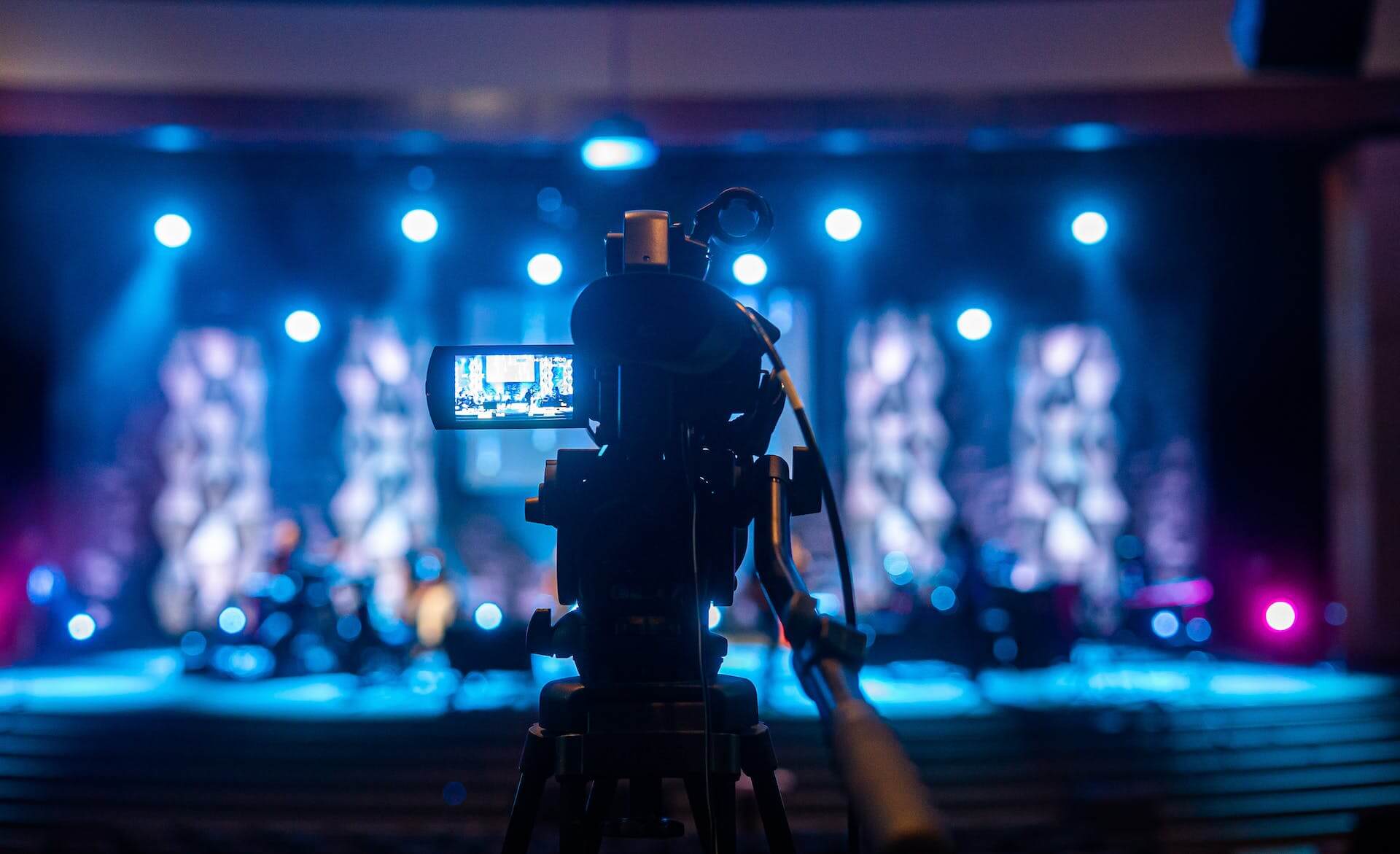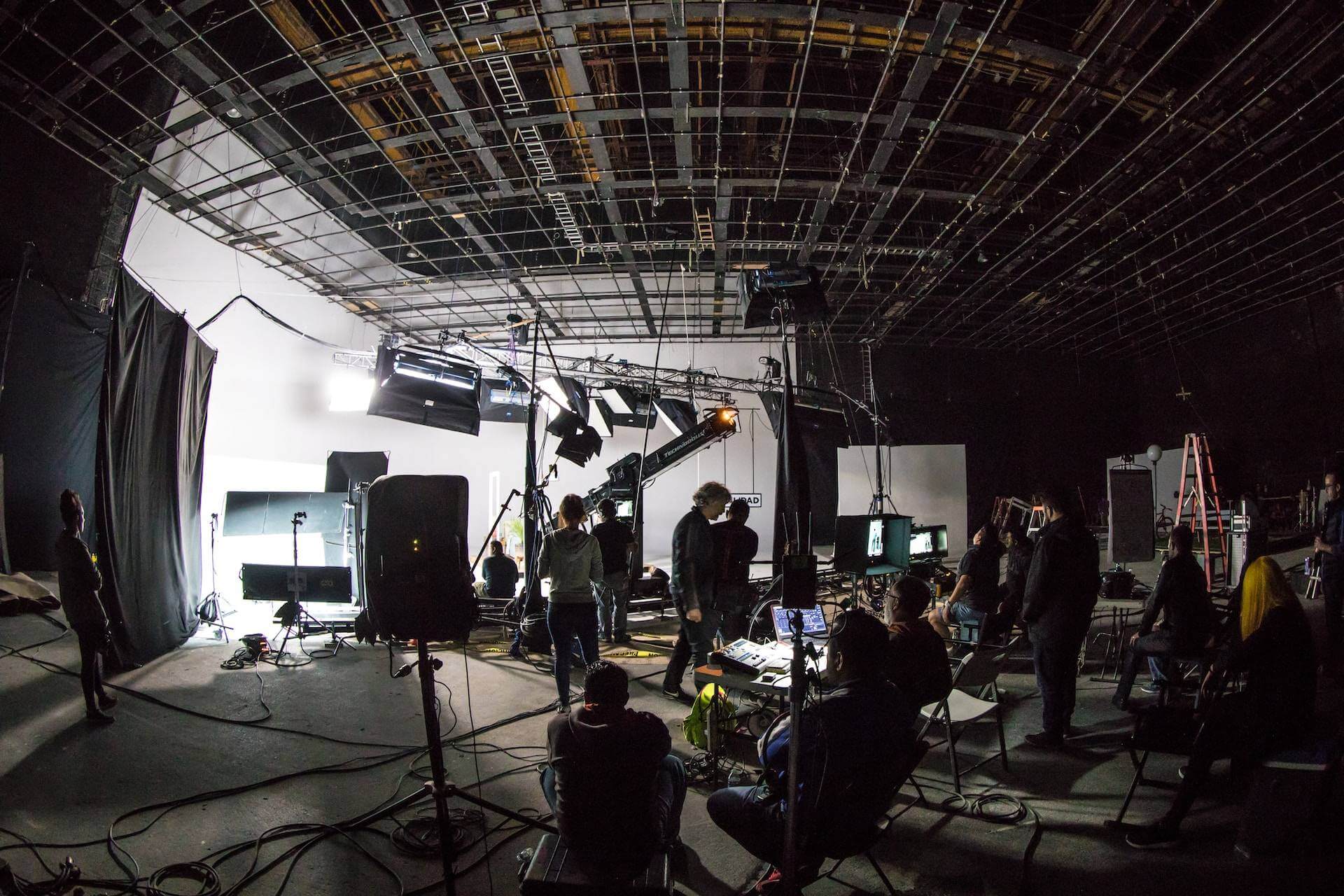A storyboard is an outline of the considerable number of components that you need to incorporate into your video. It regularly resembles the boards of a funny cartoon, and it demonstrates the key scenes of a video, business or film shot by shot. A storyboard catches occasions, sets and characters that will show up in the video. It tells who or what will be on camera. Its significant objective is to outline the flow of the final production. So, the storyboard is normally a planning of the real video shoot.
WHAT IS STORYBOARD WRITING GOOD FOR?
A storyboard is a quick and simple approach to show and share your creative ability. It’s a visual method to show a story, before really delivering a genuine video. It gives you a base to work out, or further build up an idea. Producers, directors and other colleagues can without much of a stretch see, examine and test the story scene by scene. In the event that there are contradictions, they are anything but difficult to determine before really delivering the video. This spares time and cash, and keeps the spending low. So, a storyboard is an incredible method to inspire new ideas.
An outstanding storyboard-fan, was Alfred Hitchcock. He worked out each shot of a film, before he went into the film’s creation. For Hitchcock, the storyboarding itself was the procedure of filmmaking, not the film production. Shooting the film was then only a need. Delivering a film was only the execution of making live forms of his storyboard.
KEEP VISUALS SIMPLE
By keeping it basic, you can prevail upon customers and associates all the more effectively to your ideas. A basic storyboard offers the chance to change things with less effort. It additionally keeps the procedure of filmmaking lean, simple and flexible.
FOCUS ON THE BIG IDEA
While making a storyboard, it is anything but difficult to lose all sense of direction in details. Know that there is a great deal of distraction out there. So, ensure you focus on the huge idea before taking a look at whatever else. When you got the principle idea straight, you can return for the details.
BE VISUAL, AVOID TEXT
Who likes to read a ton when there are incredible pictures to follow? So as opposed to utilizing a great deal of script, you can utilize visuals to help your story. Illustrations and analogies, particularly, are an extraordinary method to recount a distinctive story. Illustrations assist us with making sense of the world. They are the ideal method to impart a visual message, since they paint pictures in the watchers’ minds. Much the same as a video.
THINK ABOUT THE KEY SCENES IN YOUR STORY
The main thing you ought to do, when you begin to work out your storyboard, is to distinguish the key scenes in your story. What are the most basic shots? At the point when do you have plot twist or critical changes? Do you have changes in the location? A decent route is to brainstorm a list of all the key snapshots of your story. Having a list makes it simple to choose how you like to incorporate them.
CREATE A NARRATIVE TIMELINE
After you’ve recognized the key scenes, you should arrange the occasions sequentially. This makes it simple to follow your story and keeps your group from getting lost. Besides to the sequential order, you should include parameters like the location and time when your story happens. We as a whole realize films like Pulp Fiction that aren’t totally direct. Numerous films use components like time travel, shifting perspectives, or flash forward. Indeed, even for this situation, you can in any case work with a narrative timeline.
DECIDE ABOUT THE LEVEL OF DETAIL
It happens to potentially anyone to feel overpowered by every one of the details that you have to cover. When you are not sufficiently strict about your dimension of detail, you can invest hours on each illustration. As a rule, it is useful to keep up a functional point of view on the storyboard. You don’t need your group to become mixed up in attempting to decipher the shots. So better keep it basic in your first form. You can generally include more detail later. In a perfect world, your storyboard contains all essential data, yet is still straightforward. On the off chance that you are creating a whole film and need to be progressively point by point about it, you can separate it into individual scenes. For each scene, you make a different storyboard. This enables you to incorporate critical details, yet keep it clear and composed.
WRITE A DISTINCT CELL DESCRIPTION
Portray the action taking place in every one of your outlines. A decent path is to concentrate on the most imperative components of every individual shot. What sort of setting do you have? What action takes place? What feelings do your characters need to express?
PEN AND PAPER VERSUS DIGITAL STORYBOARD
Now it’s an ideal opportunity to structure your storyboard. You essentially have two choices to work out outlines: You can work digitally or you can work analogue. In the event that you want to work digitally, you can utilize a storyboard template. A digital drawing board may be useful. There are some online tools to make a storyboard also. Storyboardthat.com is a notable web application that gives you a chance to make a storyboard effectively. In the event that you like to draw a pen and paper-based storyboard, regardless I prescribe downloading and printing out a storyboard template. Along these lines, you spare the time it would take to make a template yourself, and cells will dependably look perfect and exact.
CONCLUSION
To keep the overview over your story, it is essential to number every scene. When you have shots that take up various frames, you can work with secondary numbers like 2a, 2b and 2c. This will assist you with staying clear about the order. In the event that you need to show the manner in which the camera should move in the last video, you can place arrows into your illustration. This arrows just point to the bearing in which you need the camera to move. The last step in making a storyboard ought to be the review and amendment part. When you have the main draft of your storyboard prepared and you feel very great about it, it’s an ideal opportunity to get qualified feedback.
